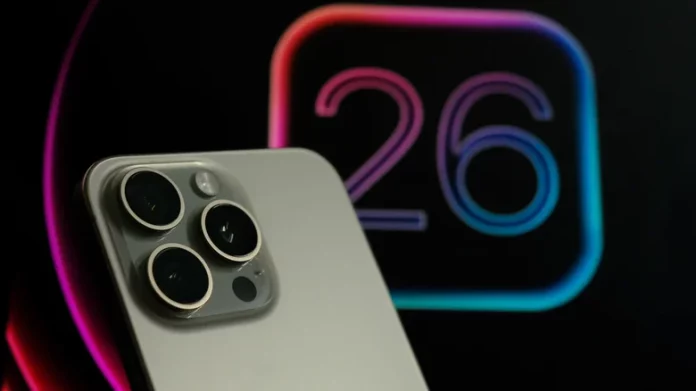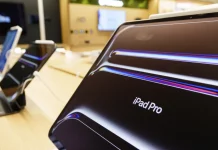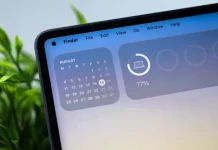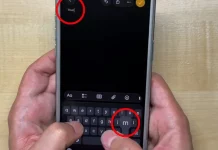Android and iOS have long battled to outdo each other, constantly pushing the limits of smartphone innovation. While Android prides itself on flexibility and customization, Apple continues to dominate in polish, ecosystem integration, and premium creative tools. But every so often, Apple releases features so compelling that even devoted Android fans start questioning their loyalty.
With iOS 26, Apple has doubled down on professional-grade features and seamless cross-device experiences. From high-end video recording capabilities to the unmatched Continuity ecosystem, the iPhone 17 Pro Max is looking less like a phone and more like a professional workstation in your pocket. Here are a few of the standout iOS features that might just tempt Android users to switch.
Apple ProRes RAW
This feature won’t matter to every iPhone owner — but for professional videographers, it’s a game changer. Apple first introduced ProRes recording with the iPhone 13 Pro lineup, giving creators more color data and flexibility in post-production. Now, Apple ProRes RAW takes things to another level.
ProRes RAW captures the complete sensor data from your footage, allowing you to make sweeping adjustments to color, exposure, and white balance during editing. For serious filmmakers and content creators, this means more dynamic range and fewer compromises. It’s overkill for everyday video clips, but for professionals, it’s the difference between amateur and cinematic results.
Even when things go wrong — poor lighting, incorrect white balance — the flexibility of RAW footage means you can fix it later with far less frustration.
Final Cut Camera 2.0
Of course, incredible post-production capability means nothing without the right camera software. Apple’s Final Cut Camera 2.0 bridges that gap perfectly. While the standard iOS camera app doesn’t fully unlock ProRes RAW recording, Final Cut Camera does — and with an interface designed for professionals.
With this app, you can record in both Apple ProRes RAW and ProRes RAW HQ, the latter providing even more image detail. The app also adds open-gate recording, which uses the full sensor area for capturing footage — giving more flexibility when cropping, reframing, or stabilizing later.
Add in Apple Log 2, which preserves a wider dynamic range for cinematic color grading, and you’ve got a true filmmaker’s toolkit. The only catch? You’ll need external storage — even the 2TB iPhone 17 Pro Max can’t keep up with these file sizes for long.
Seamless Transition Between Devices
Apple’s Continuity features remain one of its biggest draws. Switching between your iPhone, iPad, and Mac feels almost magical. You can AirDrop photos, copy and paste text between devices, and even pick up a call on your Mac when your iPhone is in another room.
For creatives, using an iPad as a second screen on a MacBook is a game changer, offering more screen real estate for editing or multitasking. While Android and Windows alternatives exist, Apple’s ecosystem integration still feels far smoother and more reliable.
And when you add webcam continuity — which lets you use your iPhone as a Mac webcam — the ecosystem tightness becomes even more apparent.
Apple TV Remote Integration
The Apple TV has earned its reputation as one of the most intuitive streaming devices on the market. Yet one universal truth remains: remotes always go missing. Thankfully, Apple has solved that problem in the most Apple way possible.
By opening the Control Center on your iPhone and tapping the Apple TV Remote icon, you can instantly take control of your Apple TV — no app install needed. You can navigate menus, type out passwords with your iPhone keyboard, and even paste complex logins directly into your TV.
For anyone frustrated with typing long credentials using arrow keys, this small integration can feel revolutionary.
Continuity Webcam
Laptop webcams rarely impress, but Apple’s Continuity Camera transforms your iPhone into a high-quality, wireless webcam for your Mac — no cables required.
As long as both devices share Wi-Fi, Bluetooth, and the same Apple ID, your iPhone automatically appears as a camera source in apps like FaceTime or Zoom. The result is sharper image quality, better low-light performance, and true depth-of-field effects that even the best laptop cameras can’t match.
Android phones can offer similar setups through third-party apps, but none are as fluid or automatic. Continuity Camera just works — and that’s Apple’s biggest selling point.
iOS 26 continues to blur the line between smartphone and workstation, especially for creators. With tools like Apple ProRes RAW, Final Cut Camera 2.0, and the deep Continuity ecosystem, Apple isn’t just competing — it’s redefining what mobile devices can do. For many Android enthusiasts, that might be enough reason to start reconsidering their go-to OS.





